
Experience the pinnacle of dental care with Hello Dental’s crown and bridge treatment. Transform your smile effortlessly in Malaysia’s leading dental practice.
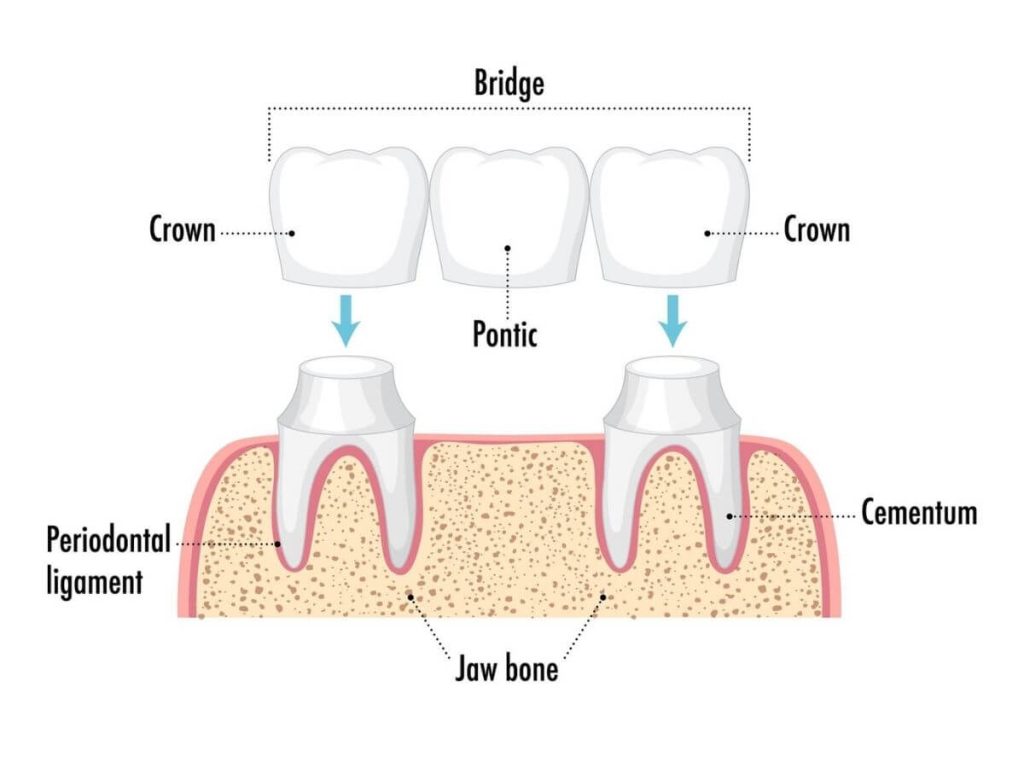
A dental crown, also known as a dental cap, is a prosthetic restoration used in dentistry to cover and encase a damaged or weakened tooth. It is designed to resemble the shape and appearance of a natural tooth and is used to restore the tooth’s strength, function, and aesthetics.
A tooth may need a dental crown for a wide variety of reasons.
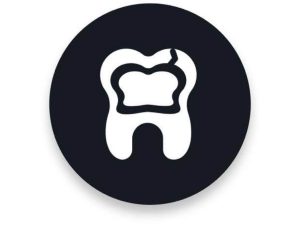
Crowns are used to protect a tooth that has been weakened by decay, large fillings, or fractures. By covering the entire visible portion of the tooth above the gumline, a crown provides added structural support and prevents further damage. Crowns are employed to restore the shape, size, and appearance of a tooth that has been significantly damaged or worn down. They can effectively rebuild a tooth to its original form.
Crowns can be used for cosmetic purposes to improve the appearance of a discoloured, misshapen, or aesthetically displeasing tooth. They can be made from various materials, including ceramic, to closely match the colour and texture of natural teeth.
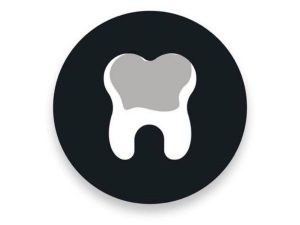
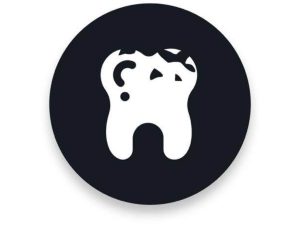
Patients who suffer from severe acid reflux or GERD, or those with acidic habits (like drinking sodas daily), often lose significant amounts of enamel through erosion. Rebuilding these teeth and replacing the lost enamel is necessary to prevent more damage and even eventual loss of the tooth itself.
Another area of significant enamel loss is the mechanical wear and tear that occurs from heavy clenching and/or grinding during sleep. This leads to shortening and flattening of the teeth as enamel slowly wears away. As with acid erosion, rebuilding these teeth helps prevent further damage and eventual tooth loss.

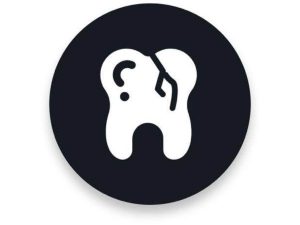
While cracks are more likely to develop on teeth that have large fillings, they can occur in otherwise healthy teeth as well. Cracks are common in the back molars of people who clench or grind their teeth at night. They may also result from an injury, such as biting into a hard, foreign object. When a tooth cracks, the interruption in enamel allows both temperature sensations and bacteria to penetrate the tooth. A crack often leads to cavities and sensitivity to cold and/or chewing forces.
Lastly, a tooth that undergoes a root canal treatment usually needs full coverage with a dental crown. This is because root canal treated tooth has no blood supply, teeth become brittle and very easy to break. Because they also have no nerve within, teeth with root canal treatments will not experience the symptoms of a cracked tooth, so patients often miss the warning signs of a problem. A crown covering the tooth is necessary to prevent its breakage after a root canal treatment.
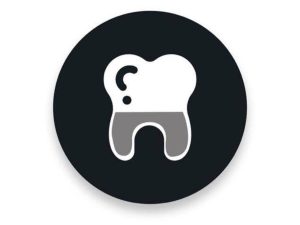
Dental crowns can be made from various materials, each with its own set of advantages and considerations, including:
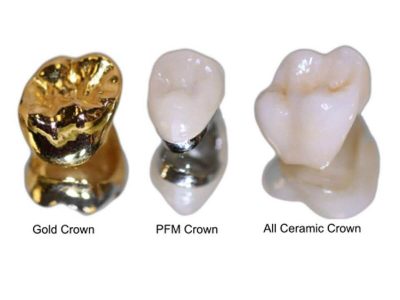
The choice of crown material depends on factors like the location of the tooth, its function, and the patient’s aesthetic preferences. Your dentist will assess your specific needs and help you select the most suitable type of dental crown for your situation.
Dental restorations are used to restore a missing part of your tooth, it can be called filling.
Inlays and onlays are indirect dental restorations used to repair and restore teeth that have moderate to severe damage or decay. They are conservative alternatives to full dental crowns and are often used when the damage to a tooth is too extensive for a simple filling but not severe enough to warrant a crown.
Inlays are made to fit into a large cavity that is so extensive that having a normal composite filling would not be able to withstand the structural integrity of the restored tooth and/or may provide substandard opposition to occlusal (i.e. biting) forces.
Onlays are similar to inlays, except they also include the tooth cusp (the raised points on the top of the tooth) and cover the top of the biting surface.
Crowns are “caps” that fit over an existing tooth and cover everything visible above the gum.
Here, we will be discussing inlays and onlays in detail.
Location:
Inlays are dental restorations that are used when the damage or decay is primarily located within the cusps (the raised points) of a tooth’s chewing surface.
Coverage:
They are typically used to repair a specific portion of a tooth and do not extend over the cusps or edges.
Tooth Preservation:
Inlays are a conservative option because they involve minimal removal of healthy tooth structure, preserving more of the natural tooth compared to a crown.
Material:
Inlays can be made from various materials, including porcelain, composite resin, or gold. Porcelain inlays are commonly chosen for their natural appearance.
Location:
Onlays are used when the damage or decay extends beyond the cusps and covers a larger portion of the tooth’s chewing surface. They can also extend to one or more cusps.
Coverage:
Unlike inlays, onlays cover a larger area of the tooth and can include the cusps or points of the tooth.
Tooth Preservation:
Onlays are also a conservative option compared to full crowns because they preserve more of the natural tooth structure than crowns do.
Material:
Onlays can be made from materials similar to inlays, such as porcelain or composite resin. The choice of material depends on factors like aesthetics and function.
In summary, both inlays and onlays are used to restore teeth with damage or decay, and they share the common goal of preserving as much healthy tooth structure as possible. The choice between an inlay and an onlay depends on the extent and location of the damage. Inlays are typically used for smaller areas of damage within the cusps, while onlays are used for more extensive damage that may extend to the cusps or beyond.
Your dentist will assess your specific situation and recommend the most appropriate restoration to restore your tooth’s health, function, and aesthetics.
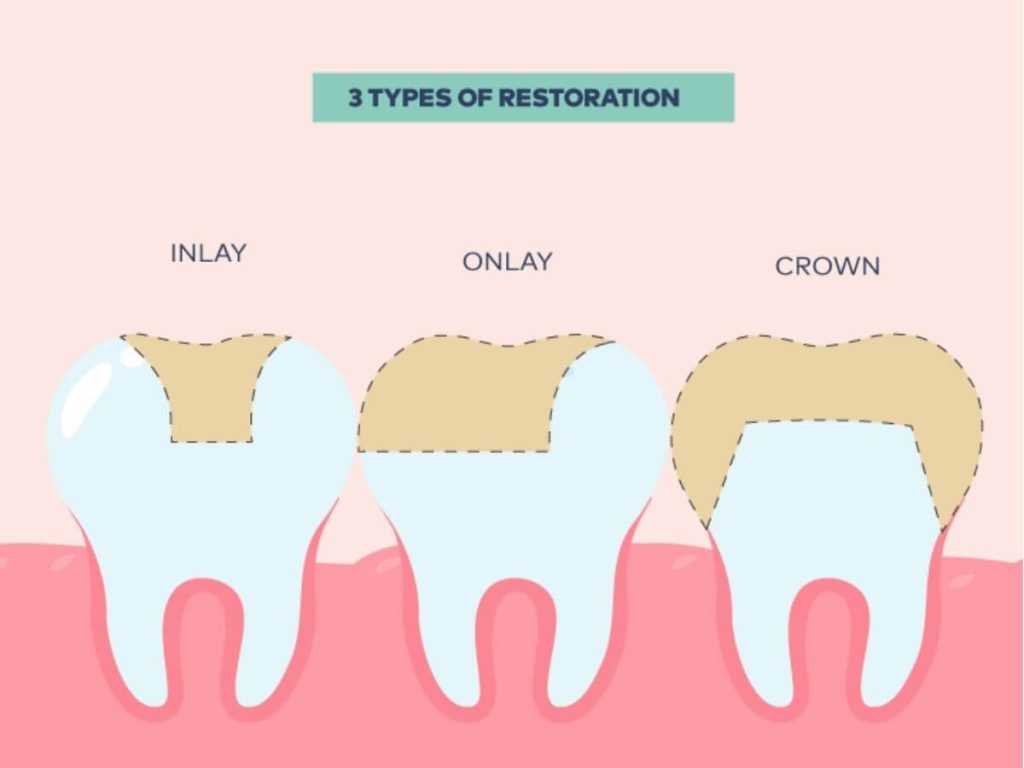
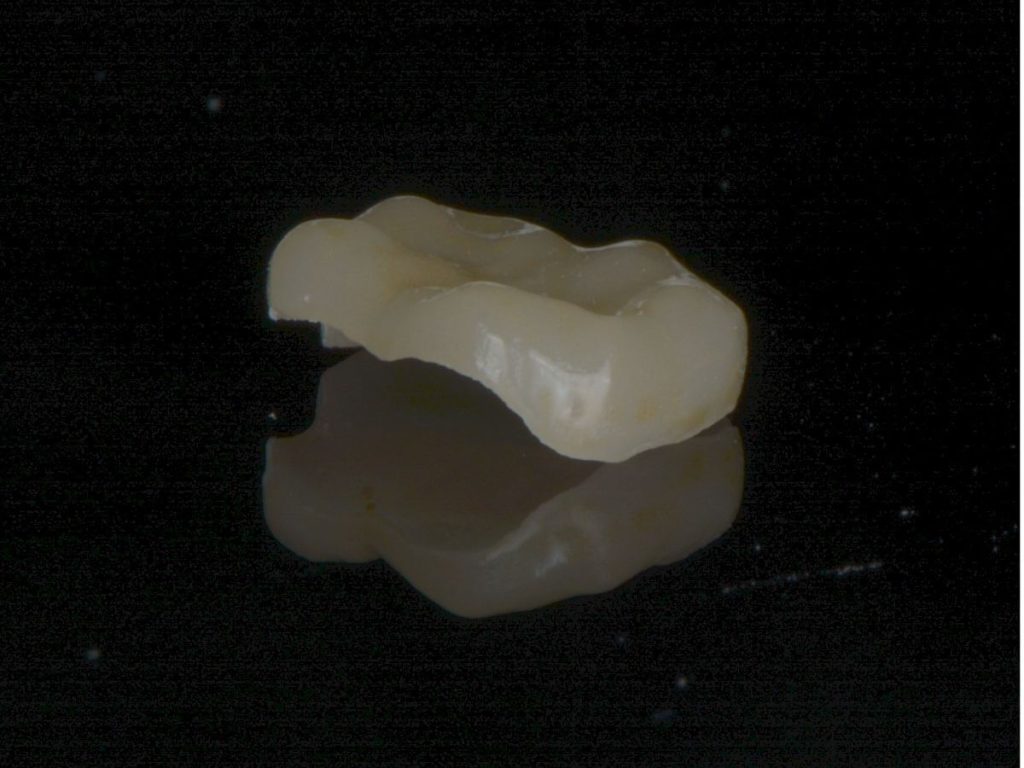
Ceramic overlay of a molar tooth
The benefits of using CEREC technology
Copyright © 2024 Hello Dental Clinic. All Right Reserved.
475, Jalan Sultan Azlan Shah,
Taman Million,
51200 Kuala Lumpur
Mon-Fri: 09:00-19:00
Sat-Sun: 09:00-17:00
V06-02-05, Signature Retail Lot,
Sunway Velocity,
Lingkaran SV, Jalan Shelley,
55100 Cheras KL
Mon-Fri: 09:30-21:00
Sat-Sun: 09:00-18:00
2-02, Level 2, Wisma Conlay,
No.1, Jalan USJ 10/1,
Taipan Business Centre,
47620 Subang Jaya, Selangor
Mon, Tue, Fri: 10:00-18:30
Wed, Thu: 10:00-21:00
Sat, Sun: 09:00-15:30
G-8, Idaman Robertson,
No. 2, Jalan Robertson,
50150, Kuala Lumpur.
Mon, Thur: 11:00-20:00
Tue, Wed, Fri: 09:30-21:00
Sat, Sun: 10:00-19:00
No. 2-2 (Second Floor),
Jalan Solaris 5,
Solaris Mont Kiara,
50480 Kuala Lumpur
Mon-Fri: 10:00-19:00
Sat-Sun: 10:00-18:00